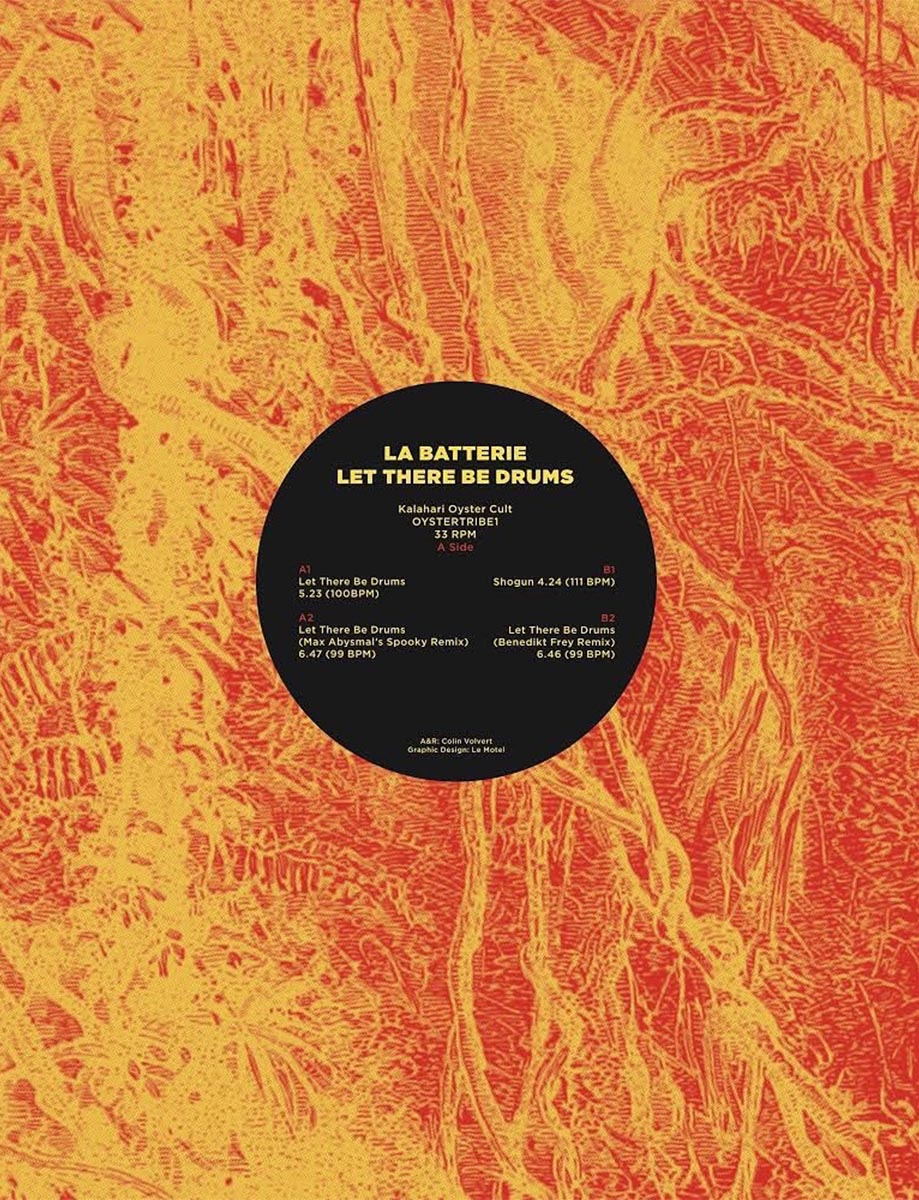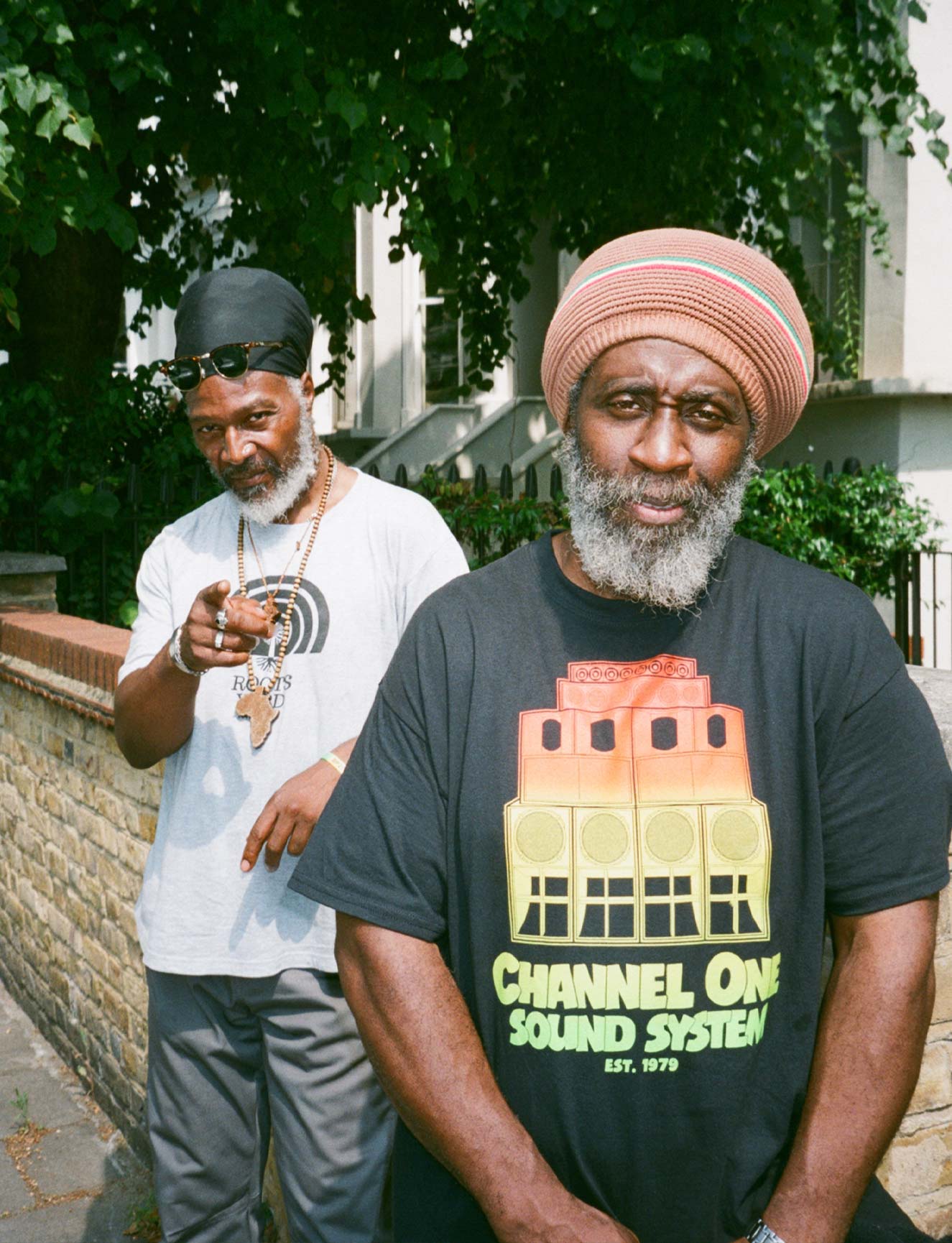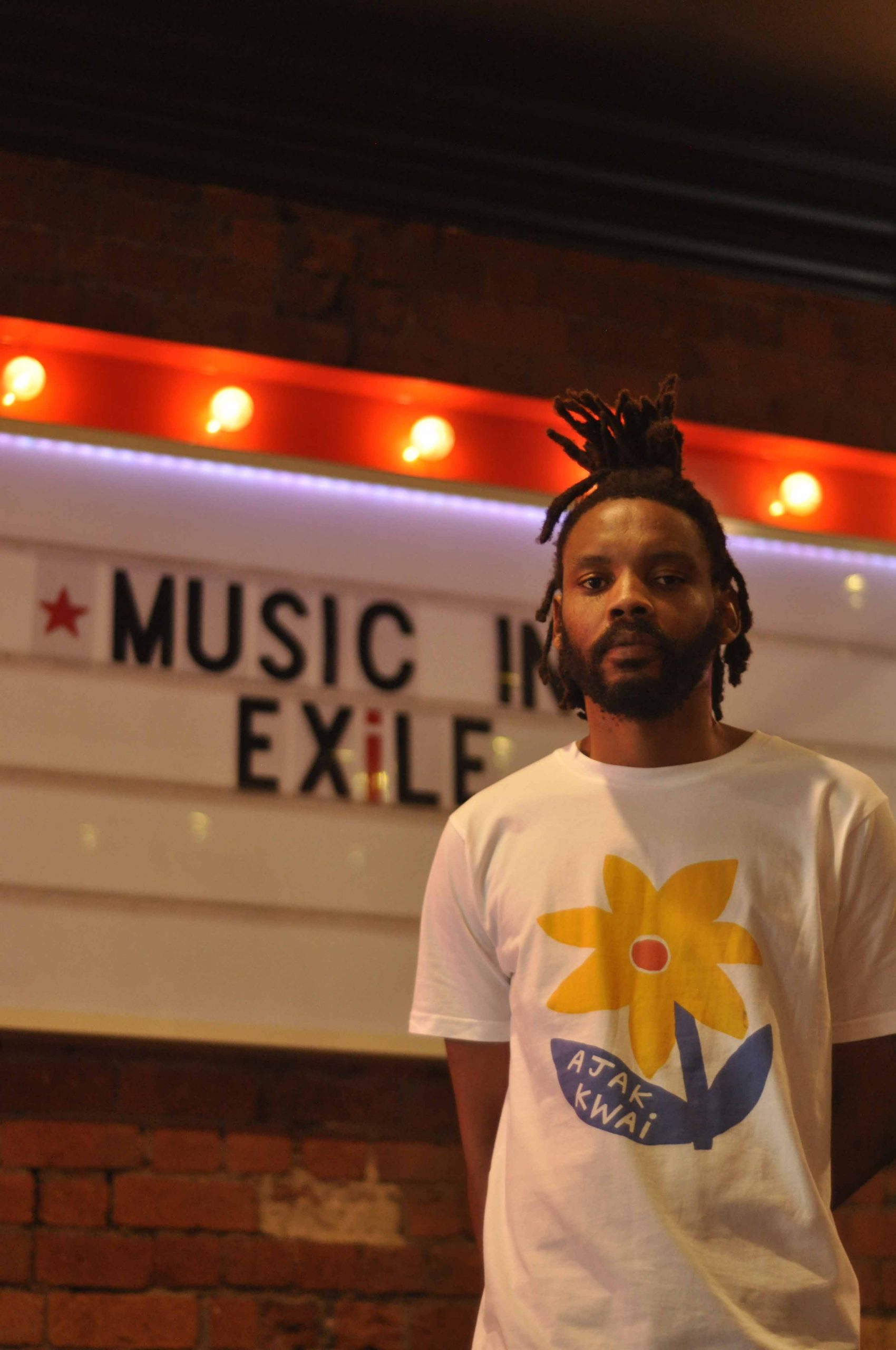You’d have to go back at least a thousand years to chart a complete history of the Christmas song, back when Bible verse-inspired bangers like “O Come, O Come, Emmanuel” would crush with 11th century audiences. Secular songs would come later; “Jingle Bells” was written in the 1850s and became the first known recording of a Christmas song when it was committed to Edison cylinder in 1889 (it probably helped establish the use of sleigh bells as percussion that we still hear today, too). But most pop historians would probably agree that the contemporary Christmas hit, as we’d recognise it, started to take shape around the 1930s. Seasonal standards like “Winter Wonderland” and “Santa Claus is Comin’ to Town”, both written in 1934, show just how far back some of these classic tropes go.
These songs offered a comforting image of Christmas
In the context of the Great Depression and World War II, these songs offered a comforting image of Christmas: cosy, stable, with a little bit of magic that was missing from the outside world. The cultural backdrop has changed a lot since then but the music has remained just as popular, with each subsequent generation of songwriters hoping to write a song that can capture the public’s imagination. If they’re successful, their work can take on a life of its own, becoming embedded in the fabric of Christmas and living on long after they’ve gone.
It can also make them a lot of money. 1934’s “Santa Claus is Comin’ to Town” was an overnight sensation, receiving orders of more than 30,000 records and 100,000 copies of sheet music within 24 hours of its radio debut. Similar figures are borne out in today’s streaming economy. “All I Want for Christmas is You”, a song that’s estimated to have earned Mariah Carey $60m already, was streamed on Spotify over 17 million streams last Christmas Day alone, and similar numbers can be found for other songs in the weeks leading up to December 25.
This speaks to a large part of Christmas music’s likely draw for musicians – its staying power. Unlike most pop songs, a Christmas hit is almost guaranteed to be played year-on-year, rather than fading into memory as trends change. If you write an original song that turns into a hit, you could see a large and consistent payday. And if you don’t want to chance it on an original song? Well, you could always pull a Michael Bublé and earn some money performing any number of the out-of-copyright Christmas standards out there. It’s not for nothing that Wizzard’s “I Wish It Could Be Christmas Everyday” kicks off with the ker-ching of a cash till.
Frankly, there’s not really any incentive for artists or record labels to reinvent the wheel here. The logic would seem to be ‘better play it safe and increase your chances of a hit’ – hence Ed and Elton’s new single.
It’s not that “Merry Christmas” is a bad song per se (Ed Sheeran and Elton John’s songwriting talents aren’t in question), but it is a very cynical one. Musically, it makes very little gesture towards anything contemporary, sounding like it could have been released at any point over the past 30 years; lyrically, an allusion to “pain this year” is vague enough to apply to any non-pandemic time period. Its music video spends most of its running time reminding you of other, better Christmas media: Love Actually, The Snowman, “Stay Another Day”. You could say it’s a postmodern play of random stylistic allusions, a cannibalisation of past images, trapped in a recursive feedback loop, haunted by the ghosts of Christmas songs past… if you wanted to go that far. More simply, though, we can surely all agree that it’s just not very inventive. It’s a long way from Chris de Burgh’s “A Spaceman Came Travelling”, where surreal sci-fi nativity storytelling and psychedelic synth arpeggios (incidentally, arranged by former Elton John collaborator David Hentschel) never got in the way of it becoming a wintertime staple.
There seems to be a belief that Christmas music is timeless
This is something that many newer Christmas songs struggle with. There seems to be a belief that Christmas music is timeless, and shouldn’t be sullied with modern sounds or production techniques. It’s not hard to see how this became the new common sense, given there hasn’t been a new Christmas smash single Mariah way back in 1994 (although songs by the Darkness, Leona Lewis, and Bublé are steadily getting there). But this anti-contemporary bent hasn’t always been the case. Slade and Wizzard embraced their 70s hard rock backgrounds when they wrote their Christmas hits, while Wham!’s “Last Christmas” would be a pretty boring song had synthesisers not become affordable enough to find their way into so many hits of the 80s. Sure, lots of the classic tropes are still there, but not at the expense of other modern flourishes.
At some point, though, these attempts at originality stopped paying off. Pop stars like Justin Bieber, Sia, and Ariana Grande have all released original Christmas songs over the years, but you’d hardly know; they’ve not exactly unseated “Driving Home for Christmas”. Nor have snowy songs by Basshunter or Crazy Frog ever been thought of as anything other than a novelty. And despite the Killers having written innumerable charity festive songs over the years, arguably only “Don’t Shoot Me Santa” has ever threatened to outgrow its origins, and even then it’s yet to reach past third tier.
Black genres, from jazz to house music to hip-hop, haven’t always been well represented at Christmas either. There’s a long tradition of holiday-themed soul, R&B, gospel, and funk music, but unfortunately (in the UK, at least) these are more likely to be relegated to specialist radio hours while mainstream channels continue to play Shakin’ Stevens. Nobody is expecting to hear Gucci Mane’s East Atlanta Santa mixtapes over the speakers at Morrisons, but you’re also unlikely to hear Kurtis Blow’s “Christmas Rappin”, despite it reaching number 30 in the UK charts in 1979 (higher than the Waitresses’ similarly named “Christmas Wrapping”, which did go on to become a Christmas classic after initially only reaching number 45 in 1982). In dance music, the late Paul Johnson’s “White Winds” and “Santa Claus” remix might conjure snowy images, but a song that’s more likely to go off at a winter rave is a spin on something recognisable, like DJ Q’s vocal chopping garage edit of Mariah.
At some point, attempts at originality stopped paying off
Unfortunately, it’s a pop world – all top end and chords, not low end and groove. Anything too funky could be associated with sex, and Christmas music, as a rule, is entirely asexual. If you do have a horny song, there needs to be a bit of plausible deniability when playing it around kids, like the double entendres of “I Saw Mommy Kissing Santa Claus” or “Santa Baby”. It’s perhaps this very formulaic approach to what does or doesn’t constitute a true Christmas song that has led so many to try and rally against the institution entirely, leading to the dreaded ‘alternative Christmas song’. These tend to come from people in the indie scene sticking two fingers up at your pony traditions, and they’re mostly forgettable. But some decidedly alternative acts have scored legitimate hits: both the Pogues and Jona Lewie were part of the Stiff Records roster at one point.
These songs usually deviate from the tried-and-true formula and sometimes only have a tangential relationship to Christmas at all (unlike Paul McCartney’s brilliantly lazy “Wonderful Christmastime”, which speaks about Christmas on a practically abstract level). The holiday can be the setting for a different, perhaps darker narrative, but the songs tend to work because as cynical as the tone-of-voice might be, they’re still sentimental at heart. You can buy that Shane McGowan believes in the spirit of Christmas; the same couldn’t necessarily be said for art-punk duo Suicide, whose “Hey Lord” appeared on an alternative Christmas compilation by downtown weirdos ZE Records in 1981 (ironically, the same album “Christmas Wrapping” appeared on before it became a hit).
Like all art, the best Christmas songs are the ones that reflect the time they were made. If they weren’t immediate hits, they endured because they embraced their idiosyncrasies. They’re good songs first and Christmas songs second – tellingly, Chris Rea didn’t set out to write a Christmas song in what eventually became “Driving Home for Christmas”, and Jona Lewie saw “Stop the Cavalry” as an anti-war song. In 2017, forensic musicologist Joe Bennett analysed the UK Spotify charts for the week of December 25 and broke down its recurring lyrical and musical content – but when songwriters Steve Anderson and Harriet Green used this data to write the ‘perfect’ holiday song, “Love’s Not Just for Christmas”, it bombed. For all the trite sounds and lyrical clichés of Christmas music over the years, it’s at least a little reassuring that listeners still expect a kernel of originality in there – a dash of, dare we say it, Christmas magic.
Read More: Creating A Neighbourhood With Radio Alhara.






